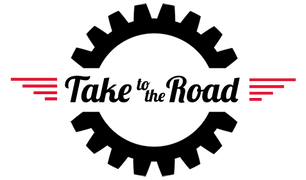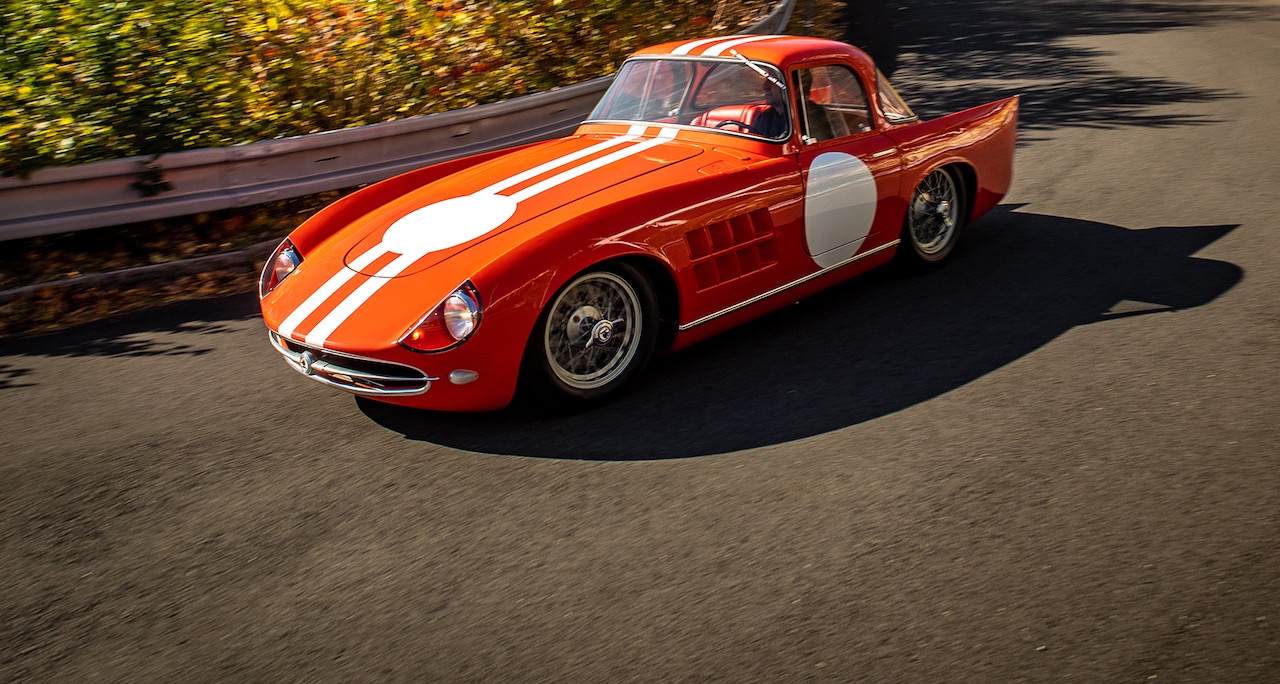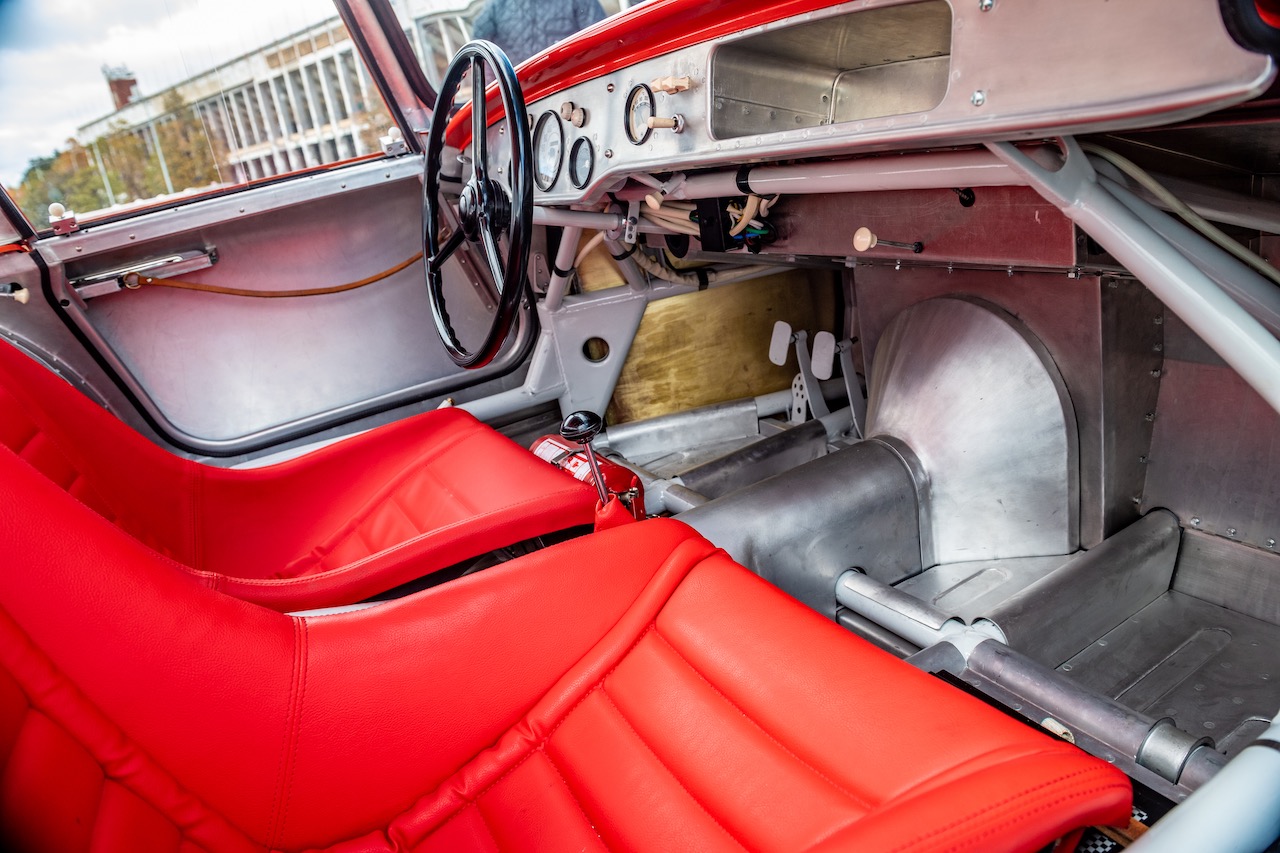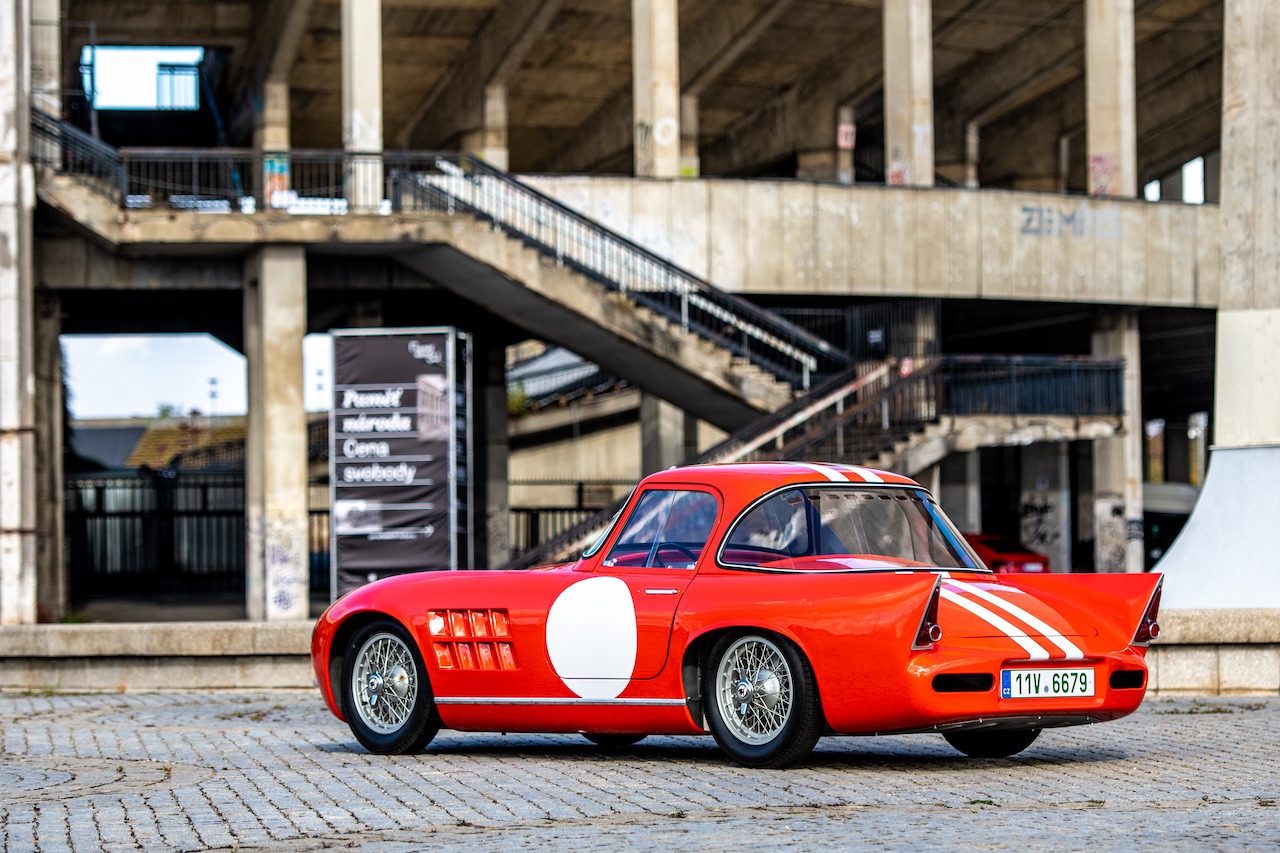To mark the 120th anniversary of ŠKODA Motorsport, ŠKODA has announced it has restored a super rare 1959 ŠKODA 1100 OHC Coupé. The project was lead by the ŠKODA Museum and ŠKODA AUTO’s Prototype Centre who collaborated on the race car restoration.
Development of the ŠKODA 1100 OHC began in Spring 1956 with the race car intended to be used at endurance circuit races. Only two examples were ever built. One resides at the ŠKODA Museum exhibition in Mladá Boleslav. It regularly competes in national and international classic car events. The second 1100 OHC is part of ŠKODA UK’s heritage fleet.
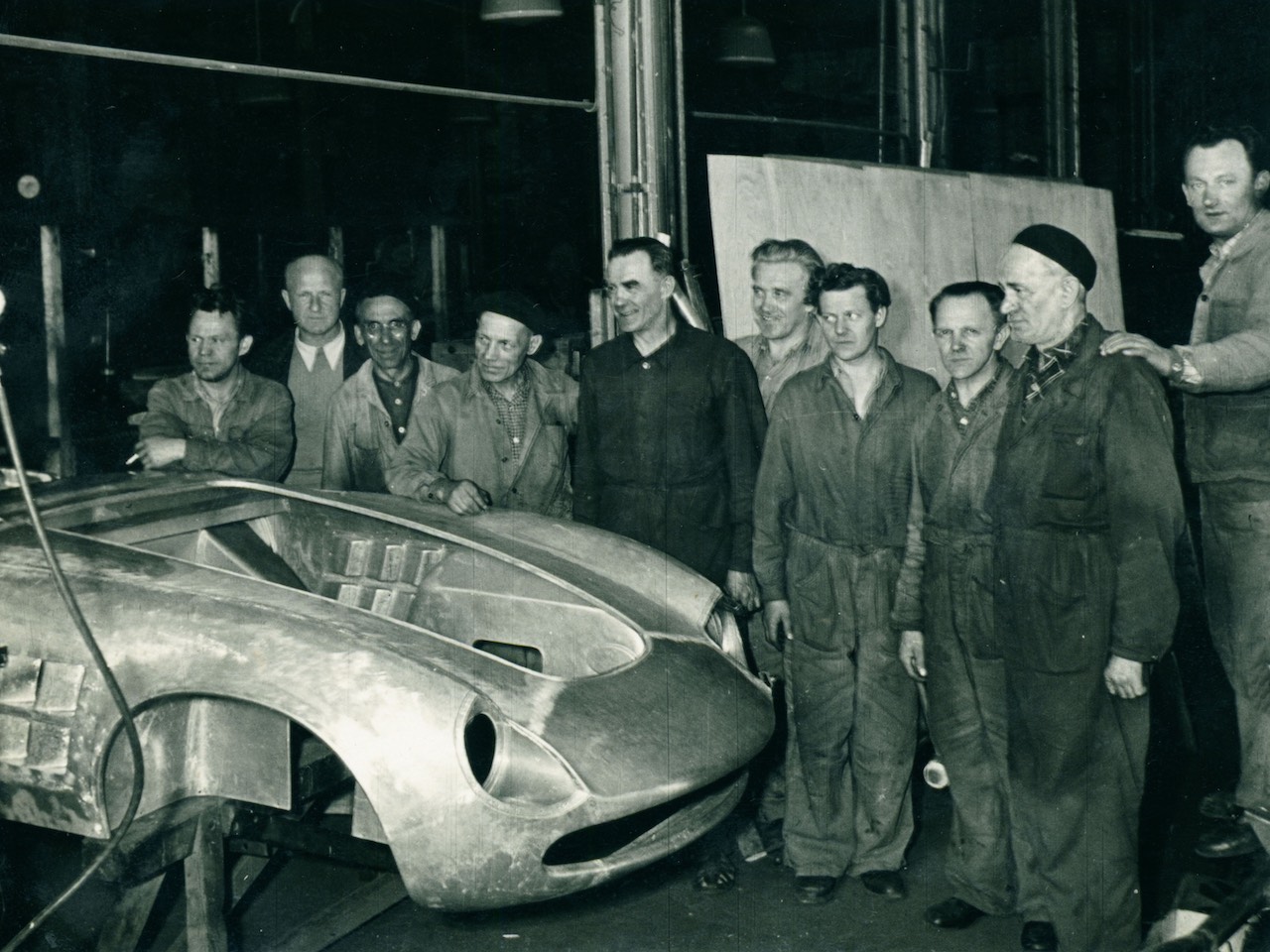
The ŠKODA 1100 OHC Coupé was powered by a naturally aspirated in-line four-cylinder engine. The cylinder and crankcase were made of aluminium and were derived from the ŠKODA 440 ‘Spartak’, as was the crankshaft. However, the racing car significantly exceeded the Spartak’s output of 40 hp (29.4 kW) at 4,200 rpm thanks to its optimised combustion chambers and OHC valve drive, a compression ratio of 9.3:1, two carburettors, double dynamo battery ignition from Bosch, Scintilla Vertex magnetos and many other modifications. Its output was 92 hp (67.7 kW) at 7,700 rpm, with an impressive 85 hp per litre of displacement.
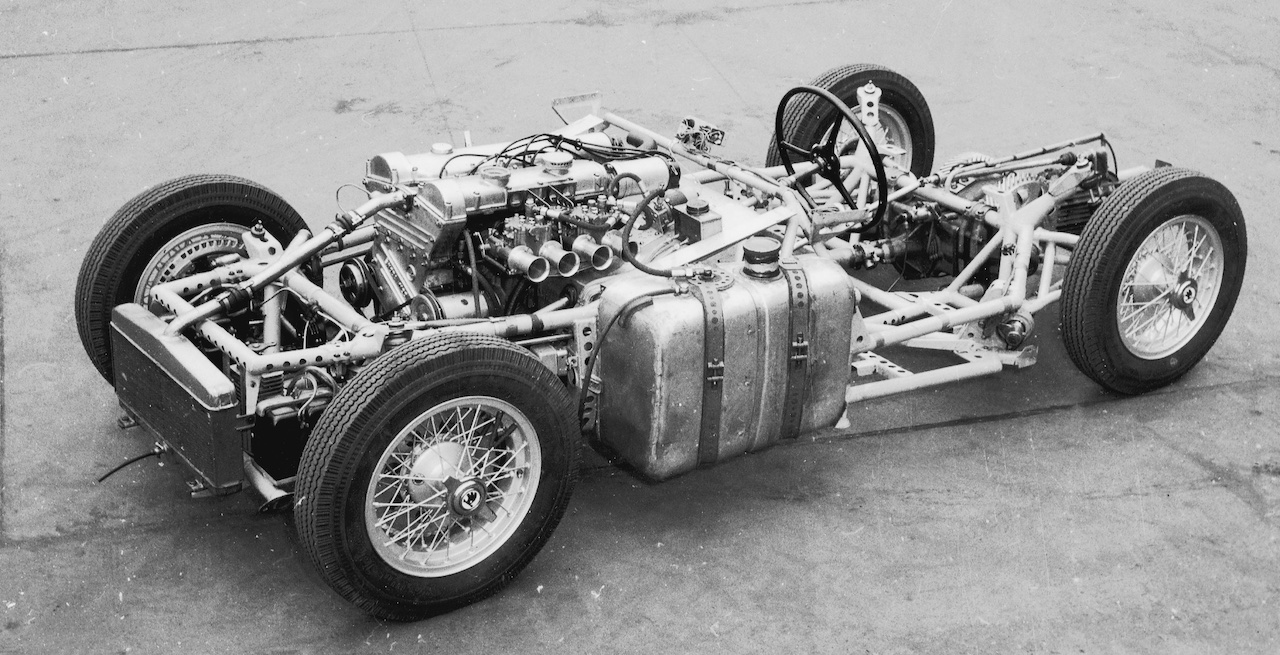
For short bursts, it could reach up to 8,500 rpm. Depending on the overall gear ratio, which could be adjusted according to the specific racetrack, the two-seater with aluminium bodywork and an unladen weight of only 555 kg reached a top speed of around 200 km/h. Dual-circuit brakes always ensured effective deceleration, and to reduce the unsprung mass, rear drum brakes were mounted on the differential gear.
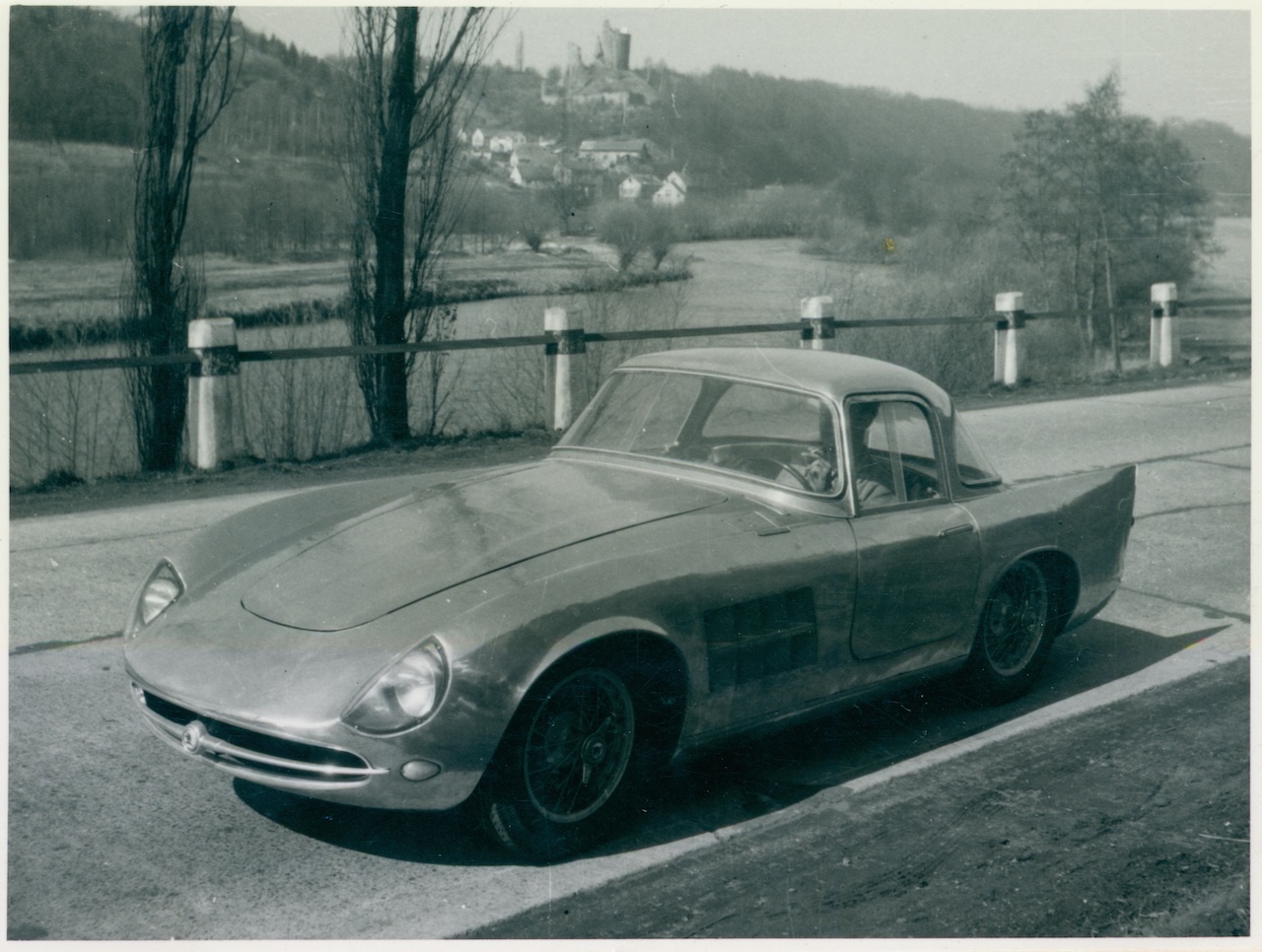
The prototype cars used a GRP with production examples bodywork crafted out of light weight aluminium. The racers utilised tried and tested components from ŠKODA’s production models. The Coupé took advantage of a lightweight yet rigid truss frame welded from thin-walled tubes. Trapezoidal suspension, consisting of two triangular wishbones arranged one above the other, was used for the front wheels, while a coupling axle with trailing arms was installed at the rear.
The racing career of the two ŠKODA 1100 OHC coupés lasted from 1960 to 1962. In 1966, they were sold to private buyers when they were no longer allowed to compete due to changes in technical regulations, which resulted in the end of the under 1,100 cm3 category. Subsequently, both coupés were destroyed in road accidents. The owner of the first vehicle, the surviving components of which were used in the reconstruction, replaced the engine of the 1100 OHC with a production four-cylinder with OHV valve timing from a FELICIA. The original engine was on display for a long time in the vocational school in Mladá Boleslav before it was finally installed in the reconstructed 1100 OHC Coupé.

The second coupé caught fire in an accident. The driver managed to escape from the vehicle, but the aluminium bodywork was irreparably damaged. The dismantled, one-of-a-kind rear axle with integrated gearbox had been part of the collection at the National Technical Museum in Prague before it was donated to the ŠKODA Museum 25 years ago. The ŠKODA Museum acquired the truss frame, which had been cut into three parts, along with the complete front axle and other surviving parts from a private collector in 2014.
The ambitious project to restore the vehicle would not have been possible without the experts from the ŠKODA Museum and their experience of working on the open ŠKODA 1100 OHC. The original technical documentation was also crucial to the project’s success. Almost all of it had been preserved in the ŠKODA AUTO archive, including an explanation of each production section and an explanatory drawing for the installation of individual assemblies. The original mechanical components had very little wear, as the car had only taken part in a few races. The renovation of the entire chassis, along with a newly reconstructed radiator, fuel tank and other elements, was completed at the end of 2015.
Originally, the car’s chassis was to be displayed at the ŠKODA Museum next to the open-bodied car. However, it was decided instead to reconstruct the coupé as a fully functional vehicle.
The most challenging task was to reconstruct the aluminium body. The original designer was the former factory designer Jaroslav Kindl. The carpenters of the time built a wooden model according to his documents. A group of metalworkers hammered out the aluminium panels by hand, and the individual parts were then welded or riveted together.
Throughout the reconstruction, the ŠKODA Museum’s restoration workshop team worked closely with colleagues from the Prototype Centre at ŠKODA AUTO. Based on scans of the 2D drawings on a scale of 1:1, a three-dimensional grid was created, which was then post-processed visually. The shapes of individual elements were painstakingly examined and corrected, for example at the front of the vehicle and around the rear lights. Historical photographs were compared with the sketches and the 3D model.
The experts were then able to view the car from all sides in the virtual studio and make adjustments. Miniature models were created followed by models of the front and rear body corners on a 1:1 scale. After expert appraisal, necessary adjustments and final approval, ŠKODA AUTO’s engineers started working on the partition walls, the wheel arches and other body elements.
The bodywork was created from 0.8 mm and 1 mm thick aluminium sheets that were manually welded and beaten to shape during the reconstruction. Originally, both coupés were unique, featuring an anodised finish. On the track, however, this surface treatment failed to demonstrate any benefit, and so both cars were painted red in the middle of the 1962 season.
The elaborate project to completely reconstruct the vehicle required numerous smaller components to be sourced that were identical to the parts used in production vehicles at the time. The outer door handles of the coupé, for example, were the same as those on the ŠKODA 1200 ‘Sedan’, and some switches and the ignition lock were also used in the ŠKODA 440 ‘Spartak’ and the OCTAVIA. The three-spoke steering wheel finished in black plastic was adopted from the ŠKODA POPULAR, the bestseller from the pre-war period.
